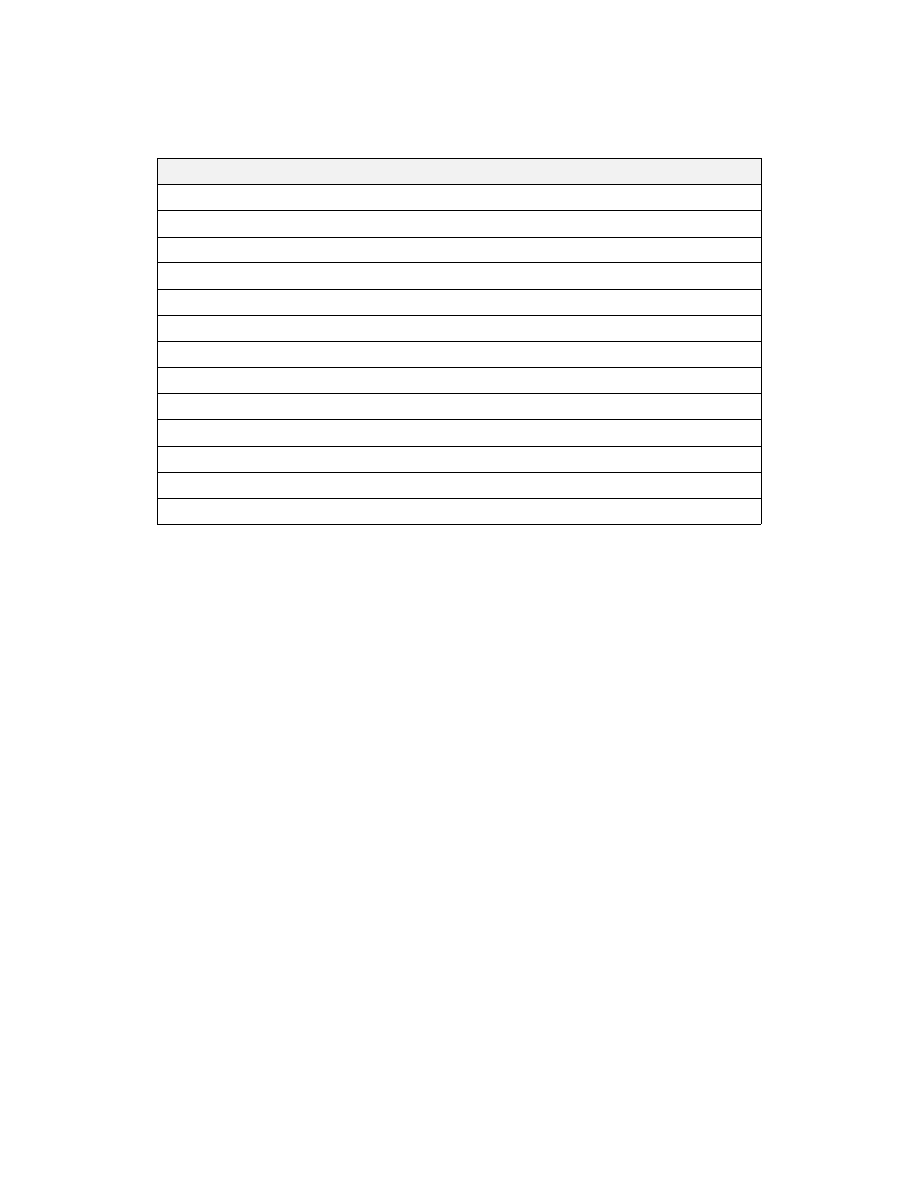
4/20/23
AIM
TBL 4
−
18
Special Handling
Special Handling
Item 18 STS/
Flight operating in accordance with an altitude reservation
ALTRV
Flight approved for exemption from ATFM measures by the appropriate ATS authority
ATFMX
Fire Fighting
FFR
Flight check for calibration of NAVAIDS
FLTCK
Flight carrying hazardous material(s)
HAZMAT
Flight with Head of State status
HEAD
Medical flight declared by medical authorities
HOSP
Flight operating on a humanitarian mission
HUM
Flight for which a military entity assumes responsibility for separation of military aircraft
MARSA
Life critical medical emergency evacuation
MEDEVAC
Non
−
RVSM capable flight intending to operate in RVSM airspace
NONRVSM
Flight engaged in a search and rescue mission
SAR
Flight engaged in military, customs, or police services
STATE
(b)
Any other requests for special handling must be made in Item 18 RMK/.
(c)
Include plain
−
language remarks when required by ATC or deemed necessary. Do not use special
characters, for example; / *
−
= +.
EXAMPLE
−
RMK/NRP
RMK/DVRSN
12. Remarks
Include when necessary.
13. Operator (Item 18 OPR/)
When the operator is not obvious from the aircraft identification, the operator may be indicated.
EXAMPLE
−
OPR/NETJETS
14. Flight Plan Originator (Item 18 ORGN/)
(a)
VFR flight plans originating outside of FAA FSS or FAA contracted flight plan filing services must enter
the 8
−
letter AFTN address of the service where the flight plan was originally filed. Alternately, enter the name
of the service where the FPL was originally filed. This information is critical to locating the FPL originator in
the event additional information is needed.
(b)
For IFR flight plans, the original filers AFTN address may be indicated, which is helpful in cases where
a flight plan has been forwarded.
EXAMPLE
−
ORGN/Acme Flight Plans
ORGN/KDENXLDS
FAA Form 7233
−
4
−
International Flight Plan
Appendix 4
−
15